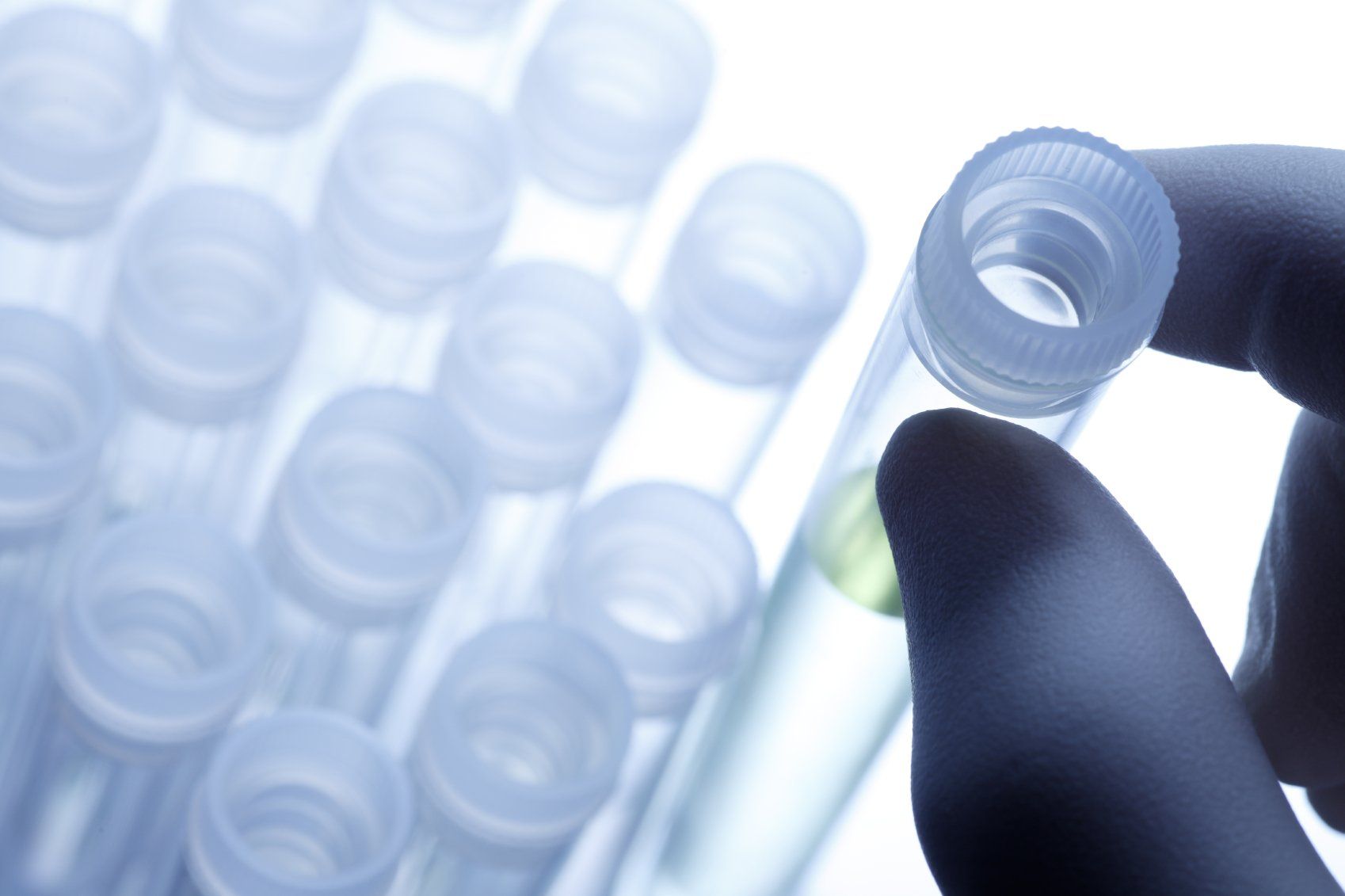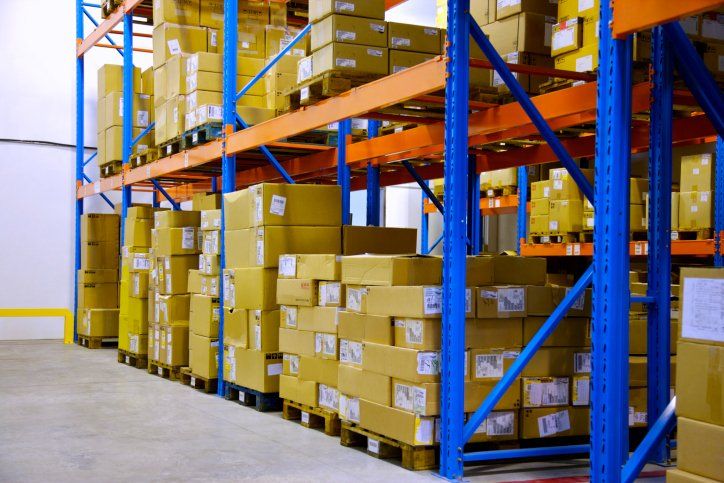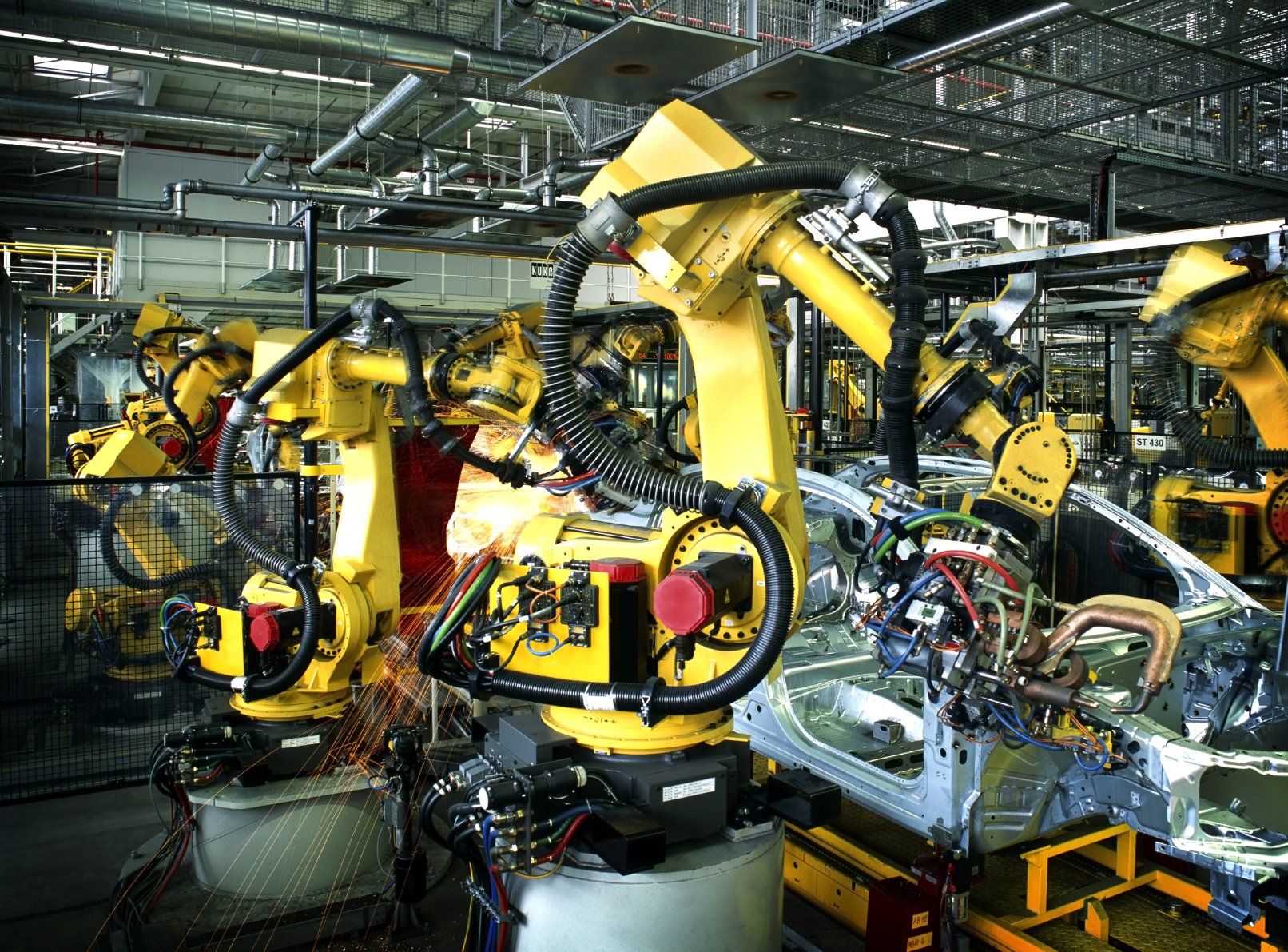Carbon dioxide monitors should be considered where there is a significant risk of elevated CO2 concentration. CO2 has toxic effects at concentrations far below the level at which it is an asphyxiant. However, oxygen monitoring should be also be considered.For more information please see OXYSAFE- oxygen
& GAS SAFE - multi gas systems.
At 4% CO2 (a hazardous level of CO2) the oxygen concentration would be 20% and this would not typically trigger an oxygen depletion unit. To expand further on this, at 30 minutes exposure at 4% CO2 an individual would show signs of poisoning and feel a choking sensation, their breathing rate would be more than doubled, their heart rate and blood pressure would increase and there is potential that their hearing may be impaired.
To determine if you need carbon dioxide monitoring, a risk assessment of the area and activities should be carried out. If the risk assessment identifies that long term workplace exposure limit (5000ppm, 0.5% for 8 hours*) or short-term workplace exposure limit (15000ppm, 1.5% for 15 minutes*) are calculated, you require a carbon dioxide monitor. However, a required risk assessment often does not cover specific areas where a leak may occur (such as directly next to CO2 storage tank) and even in situations in which carbon dioxide concentration does not reach life-threatening levels, the effect of CO2 levels on the health of working personnel is still a major health and safety concern.
*Health and Safety Executive, EH40/2005 Workplace Exposure Limits (Fourth Edition 2020) retrieved from https://www.hse.gov.uk/pubns/priced/eh40.pdf











